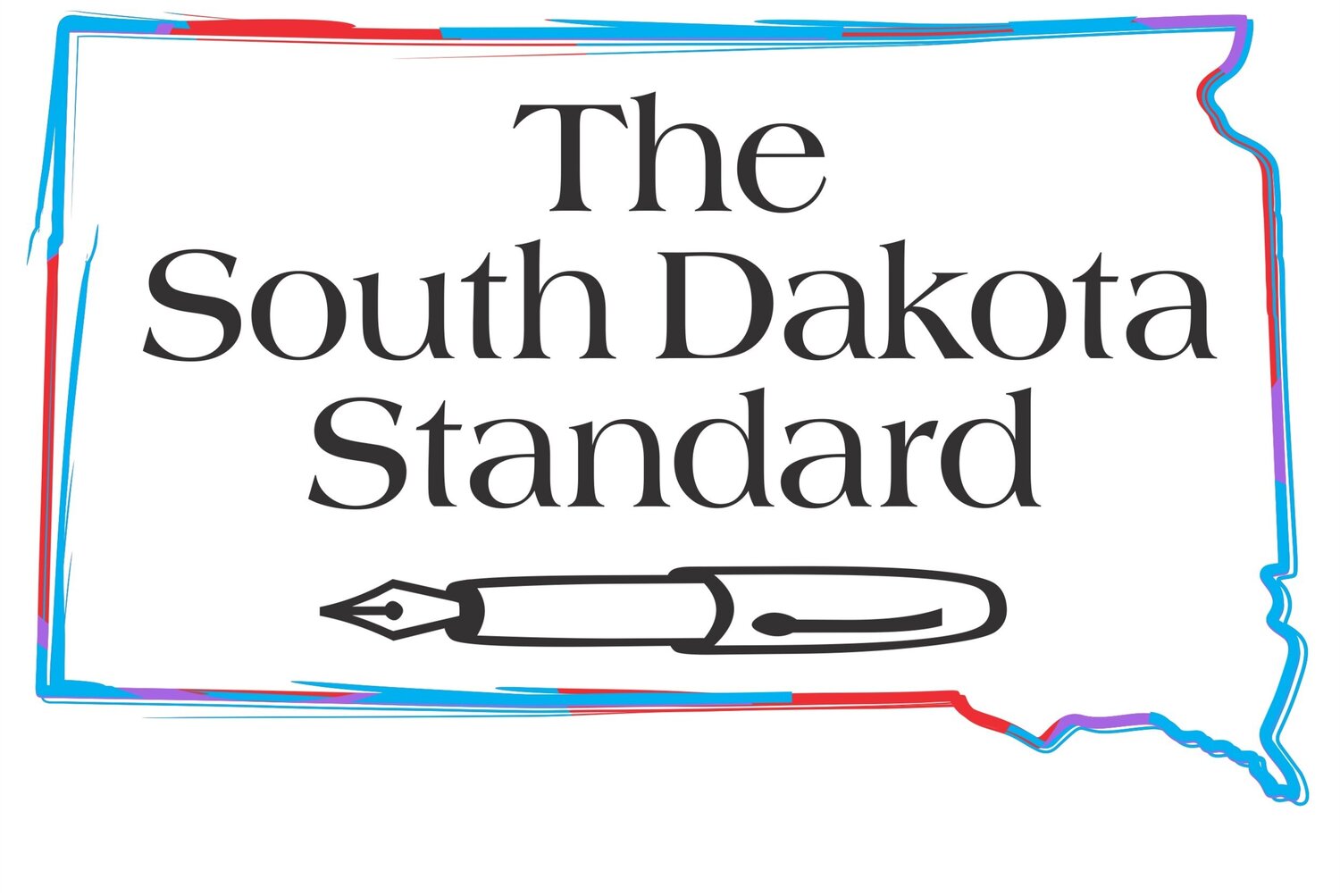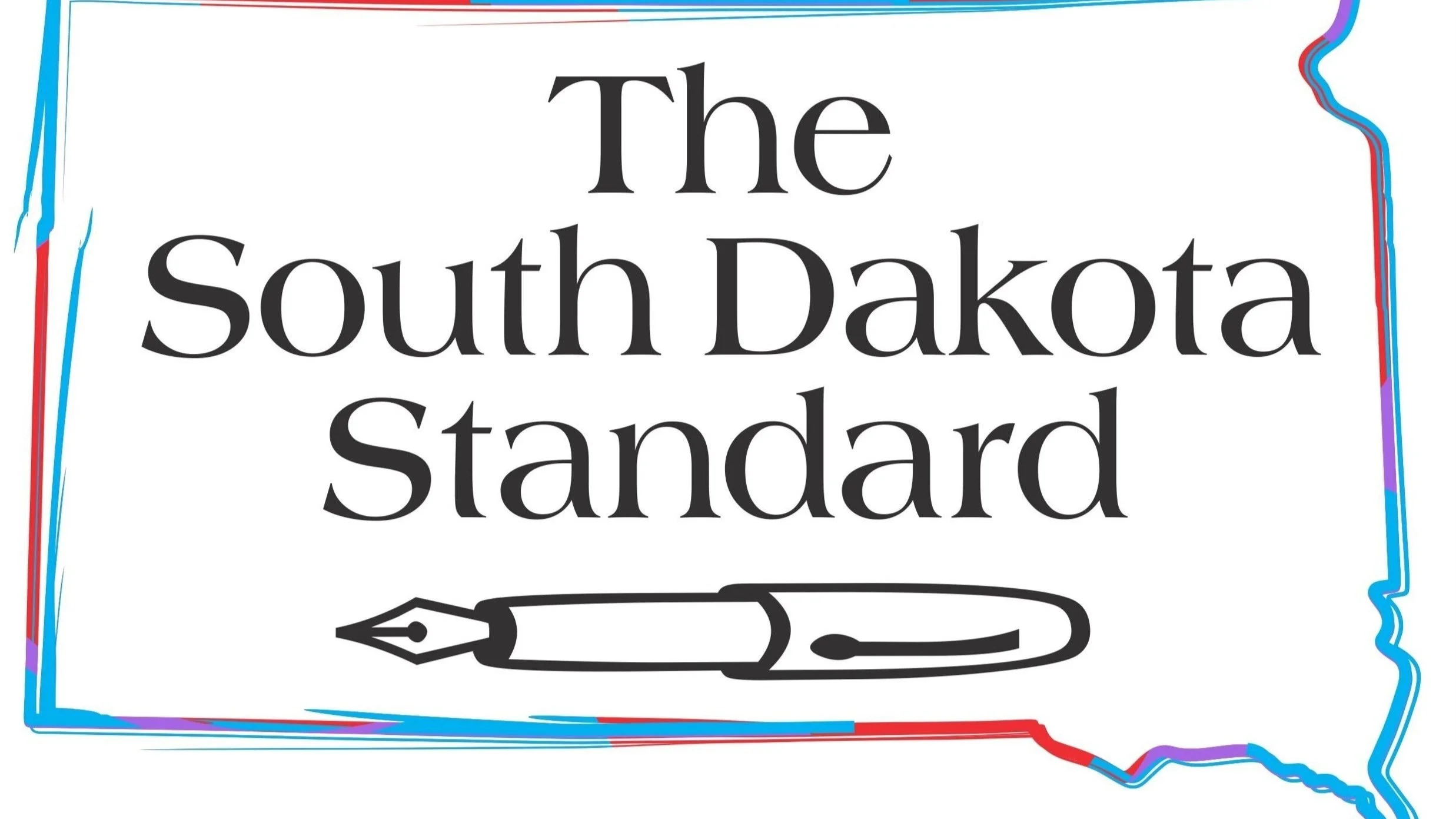Let’s get back on track with the facts: Adding passenger rail to South Dakota would be a foolish error
Dan Bilka’s most-recent South Dakota Standard treatise assessing the Federal Railroad Administration’s recent Amtrak Long Distance Service Study can best be described as an alternate reality, brushing aside its salient points.
First, touting the 47,000 respondents of the study in a country of 330 million is insignificant. And most would hardly claim, as Bilka has, that the 296 respondents on the Twin Cities-Denver route “shows that South Dakotans are keenly interested in the possibility of Amtrak.”
Not only is 296 out of 47,000 (again) an insignificant number, but the study doesn’t say where the respondents were located. They could just as well have favored endpoint travel, and are assuming that the proposed train would take the shortest, fastest route. (The proposal is over 200 miles longer than the shortest rail or highway route.)
The highlights of the study — not mentioned by Bilka — are that the FRA has assigned preliminary costs to implementing the 15 routes in study. Collectively, the cost is $53 billion in 2025 dollars. Since Amtrak (its recommended system in 1979 is seen above in a public domain photo posted on wikimedia commons) currently has no available equipment for any of these trains, and that anything new is not even in the process of being manufactured, any equipment is likely 10 years distant.
The study also breaks the costs down by route. The Phoenix-Twin Cities route which operates for about 100 miles in extreme southeast South Dakota is the second-longest, and the fourth most-expensive to implement at $4.155 billion (that’s billion with a “b”). But by far the most-expensive is the Twin Cities-Denver route across central South Dakota costing a whopping $7.15 billion for rolling stock, stations and track improvements (that’s more than twice the amount of the current annual Amtrak operating subsidy).
Because this route across South Dakota is short compared with most of the other routes, the cost per mile is an eye-popping $6.26 million — more than twice the amount of the second most-expensive route.
This is not a surprise since 100% of the 1,143-mile route currently has no passenger trains, meaning the entire route will need to be upgraded. The huge cost is due to raising much of the railroad (including all of it in South Dakota) to accommodate a 79-mph passenger train from track currently good for only 10 to 40 miles per hour.
And whether South Dakota would see any long-term benefit from the $7.15 billion investment is unlikely. The study projects an average speed of 44 mph. Between Sioux Falls and Rapid City (via Canton, Mitchell and Wolsey), it’s 427 rail miles or 80 miles further than Interstate 90 with its (mostly) 80 mph speed limit.
Drive time is five hours, the bus takes a bit less than six, with the train likely to take eight or more. The route of the train is 76 miles further than driving between Rapid City and Denver, and with operating issues like requiring a reverse movement to change railroad in Sidney, Neb., and street running in Longmont, Colo., the train would be significantly slower. Most likely, the train would significantly underperform one operated via a preferred route via Des Moines and Omaha.
Additionally, contrary to Bilka’s claim, upgrading these routes would not significantly benefit the movement of freight in South Dakota where such traffic is sparse. Since much of South Dakota’s agricultural products move in heavy unit trains which operate at slower speeds, a 79-mph passenger railroad would be superfluous, and as such, the railroads would demand a significant additional operating subsidy to maintain track, signals, and Positive Train Control. Rather than the “Build it and they will come” scenario, this one would be akin to “The bridge to nowhere.”
Currently, South Dakota receives Special Transportation Circumstances grants from the federal government in lieu of not having Amtrak service. These grants have become a vital part of improving the infrastructure for South Dakota’s one regional and its short line railroads and amounted to $54 million in 2023 alone. Should Amtrak service come to South Dakota, these grants will no longer be available.
Bilka makes the specious claim that the amount of federal funding in new Amtrak routes for South Dakota “would blow the meager STC grants out of the water.” Indeed, they would because railroads like the Sisseton Milbank, Ringneck and Western, and Dakota, Missouri Valley and Western could no longer receive them.
But if Bilka’s claim had any validity, then short line railroads in all the other states with Amtrak service would have no need for grants. But this is not the case. The FRA awards scores of such grants across the country each year. The actual net result of losing the STC grants might be that the people of South Dakota would need to pitch in to keep their short lines operating.
Beyond the many questionable claims about the FRA Amtrak study, Bilka’s treatise also is heavy into revisionist history as he attempts to paint South Dakota railroads as a perpetual victim at the hands of the federal government. Beginning with land grants, Bilka claims that South Dakota was short-changed because railroads in Nebraska (the Union Pacific) and North Dakota (the Northern Pacific) received land grants, but South Dakota’s railroads did not.
The reality is that the land grant program ended in 1871, 18 years before South Dakota became a state. When the Northern Pacific built west, it built through the Dakota Territory — there was no North or South Dakota. By 1889 when South Dakota became a state, railroads were well-developed in what would become East River South Dakota, and were focused on links to Chicago, Sioux City, and Omaha.
This relationship had much to do with Dakota Territory splitting into two states, as what would become North Dakota was more aligned with Minneapolis, Canada, and Montana. Moreover, when the Milwaukee Road began building its transcontinental line west across northern South Dakota in the early 20th Century, it veered northward into North Dakota rather than using an alignment directly west in South Dakota.
This was a simple result of topography and tackling steeper grades if built closer to the Black Hills as well as entering and exiting the drainages of northward-flowing tributaries of the Missouri River north of the Black Hills and into Montana.
Bilka goes on to chastise Congress for “bailing out” railroads in the Northeast following the collapse of the Penn Central Railroad in the early 1970s, but not doing the same for the Milwaukee Road, which Bilka described as “still-viable and horrendously mismanaged.” That the Northeast had more than 70 times the population of South Dakota notwithstanding, the biggest example of Milwaukee Road mismanagement was building its Pacific Extension west from Mobridge in the first place.
The price tag was over one-quarter of a billion dollars — four times the estimate. It was the high-cost route to the Pacific Northwest, with an operating profile vastly inferior to the Great Northern, and unlike the Great Northern, lacked direct access to California, Portland (Oregon), and Vancouver (British Columbia).
Compared to the Northern Pacific with a well-developed system of branch lines, the Milwaukee relied on purchasing poorly built logging railroads and barge operations in Washington State. And had the railroad survived into the 1980s, the situation would have gotten worse for the Milwaukee when the Staggers Act was effective.
With reduced railroad regulation, the Milwaukee’s competitors with their superior route structure would have drastically undercut them in price, causing a significant decline in revenue. Unfortunately for South Dakota, it was the only state where the Milwaukee was the dominant railroad, so it was most adversely-affected.
By 1980 when the Milwaukee quit being a transcontinental, its legacy (or lack of one) was clear: west of Mobridge, it served only three cities with a population of 3,000 or more exclusively, and only one on its main line. For the same reason the better current investment in passenger rail is to add frequencies on Amtrak’s spartan network than in South Dakota, there was similarly no reason to invest in a transcontinental route so inferior to the competition.
Next, Bilka bemoans the FRA denying a $2 billion-plus loan to regional railroad Dakota, Minnesota, and Eastern railroad (now the Rapid City, Pierre and Eastern) in 2007 to build an extension into the Powder River Basin coalfields of Wyoming. This would have resulted in upgrading part of the route of today’s proposed Twin Cities-Denver passenger train.
A fantasy of DM&E President Kevin Schieffer, who thought a single-route regional railroad could wrest coal business away from titans BNSF and UP, the project was completely without merit. Unlike BNSF and UP with lines blanketing the western two-thirds of the country, the DM&E and their partner railroad Iowa, Chicago and Eastern, would have only one route out of Wyoming — a line to Minnesota which accessed Chicago and circuitously Kansas City.
The application to the FRA for the loan came about as a “last resort” when no one in the private sector would buy in. Had such a loan been granted, history tells us what an unmitigated disaster would follow as 2008 was the beginning of the “Great Recession” where coal demand nationwide tanked, followed by an industry in the process of transitioning many power plants to natural gas. Default would have been swift and certain.
No nefarious 150-year plan by the federal government to specifically undermine railroading in South Dakota has ever been in place. While the current situation with American railroads is because of nationwide policies favoring other modes of transportation, topography, geography, demographics, and history are the primary drivers affecting today’s rail infrastructure in South Dakota. Passenger trains across South Dakota even long term cannot happen and will not happen.
In the interim, yes, call your senators and congresspeople and voice your support for continuing rail passenger service. Superliner equipment protecting most long-distance Amtrak trains is 30 to 40 years old, with replacements still on the drawing board.
Amtrak has no intention of refurbishing existing equipment to ensure rolling stock is available to protect today’s trains until replacements arrive. In the current RFP (Request For Proposals) for new equipment designs, Amtrak has made it clear that anything new will ONLY be used for existing trains, and nothing new. (Obviously, they’re not planning on needing to launch any new service.)
The current system needs to be stabilized, which includes a mindset change at both Amtrak management and with the Amtrak Board of Directors. Unless this stabilization occurs, new routes are not possible.
For South Dakota, status quo can only mean that the vital STC grants could be jeopardized. While the current situation with passenger rail in this country is far from optimum, without first fixing what we have, we can lose what we have.
Mark Meyer is retired after spending 40 years in railroad operations at Burlington Northern and BNSF, most recently managing the locomotive fleet on North Operations, which includes all of the state of South Dakota.







